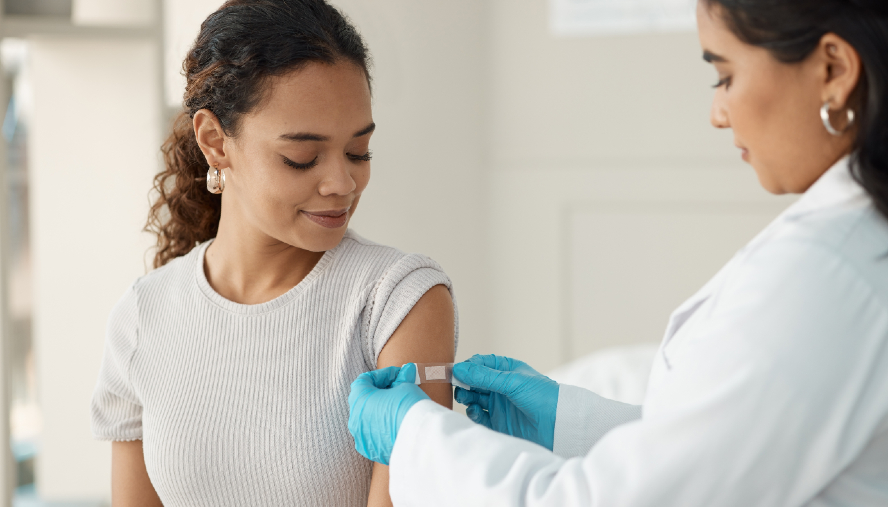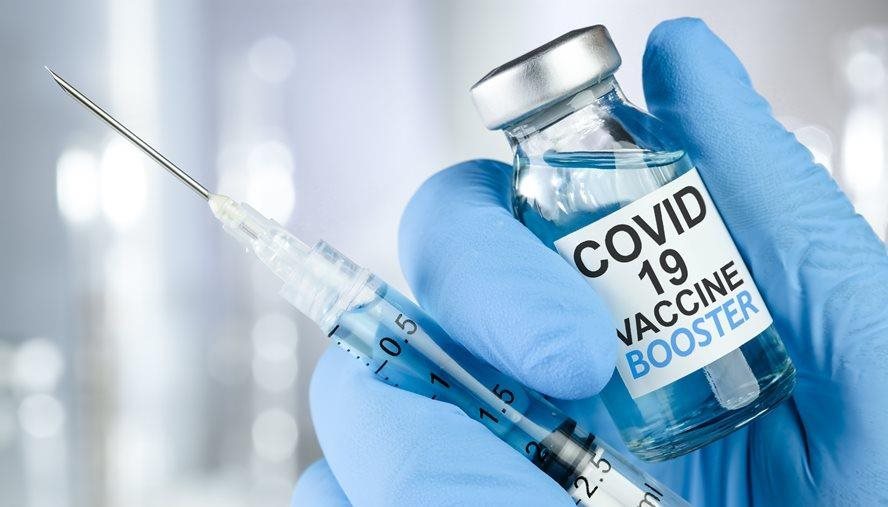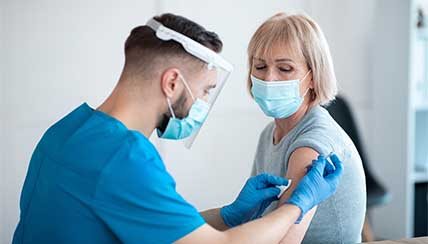How to Check for Shortness of Breath
Shortness of Breath During COVID-19 Pandemic
 Shortness of breath is a common symptom of COVID-19. It’s important to watch for new or worsening shortness of breath or respiratory problems. Contact your health care provider immediately if you experience any changes in your breathing, as it may be a sign of COVID-19.
Shortness of breath is a common symptom of COVID-19. It’s important to watch for new or worsening shortness of breath or respiratory problems. Contact your health care provider immediately if you experience any changes in your breathing, as it may be a sign of COVID-19.
What Is Shortness of Breath?
Shortness of breath is when you feel like you are not able to get enough air in to breathe normally or feel as though you can’t take a large enough breath.
Shortness of breath can feel like:
- A tightness in the chest when you inhale or exhale
- Gasping for more air
- Breathing takes more effort
- Breathing through a straw
COVID-19 causes fluid and pus to develop in the lungs, which can lead to coughing, shortness of breath and fever.
However, shortness of breath also can be caused by serious health conditions such as:
- COVID-19
- Chronic obstructive lung disorder (COPD)
- Asthma exacerbation
- Heart attack
- Fluid overload
- Respiratory illness like pneumonia or influenza
- Interstitial lung disorders
- Obesity
Shortness of breath is common after intense exercise and can be an indicator of your fitness level. Other common causes of shortness of breath include:
- High altitude
- Asthma or allergies
- Anxiety or strong emotional reaction
- Nasal congestion
- Extreme temperatures
When to Call Your Doctor
Shortness of breath typically isn’t cause for concern when combined with a common cause like exercise or high altitude. Call your doctor when shortness of breath occurs with:
- Chest pain, tightness
- Rapid, labored breathing
- Feeling faint or passing out
- Nausea
- Frequent episodes of breathlessness
- Onset is sudden and severe
- Disrupting daily activities
- Trouble breathing when you lie flat
- High fever, chills and cough with breathlessness
- Blue or discolored lips, nails or skin
- Low blood pressure
- Weak pulse
- Mental confusion
- Cold hands or feet
Diagnosis
Your doctor will take a detailed medical history and history of the instances of shortness of breath from you during your appointment. Tell your doctor about each time you’ve experienced shortness of breath. Also share what triggers or conditions lead to shortness of breath. Your doctor may perform or order other diagnostic tests such as:
- Listening to your heart and lungs
- Blood tests
- X-ray
- CT-scan
- Lung function tests
- Echocardiogram
Shortness of breath due to COVID-19 usually begins within four to 10 days after you contract the infection. In many cases, shortness of breath does not last very long, and in other cases, it can lead to complications.
Self-Treatment and Prevention
Create an action plan with your doctor. If your shortness of breath is caused by a condition such as asthma or COPD, you should create an action plan with your physician to treat or prevent shortness of breath. This could include a rescue inhaler or breathing treatments.
Exercise regularly. Exercise helps to build your lung capacity and build your tolerance for physical activity. Regular exercise can also promote weight-loss, which can improve lung function. If you aren’t sure how best to get started, ask your physician.
Quit smoking and vaping. Smoking is a leading cause of chronic respiratory lung disease, which leads to shortness of breath.
Understand the effects of altitude. If you plan to travel to an area of high altitude or live in an area of high altitude, it is important to understand how it will affect your lungs. For many, being at a high altitude causes shortness of breath.
Take your medications. If your doctor has prescribed medications to minimize the effects of shortness of breath, it is crucial to take those medications at the appropriate times. Your medication will not be as effective or effective at all if not taken as prescribed.
Avoid pollutants, extreme temperatures or other identified triggers.
This information has been reviewed and approved by Carrie Horn, MD (September 2021)
| The information on our website is medically reviewed and accurate at the time of publication. Due to the changing nature of the COVID-19 pandemic, information may have since changed. CDC.gov and your state’s health department may offer additional guidance. |




